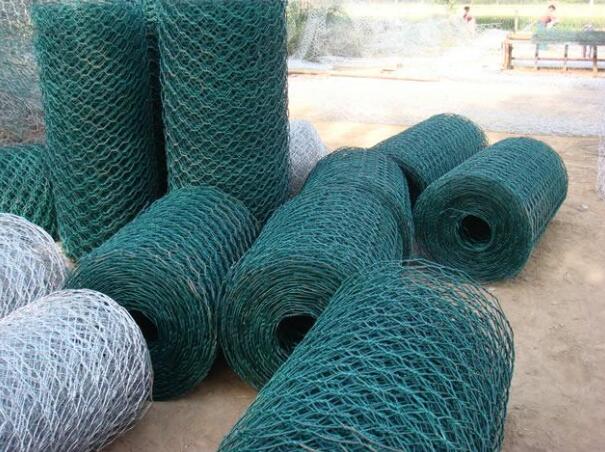Understanding the Cost of GI Wire An Overview
Galvanized Iron (GI) wire is one of the most widely used materials in various applications, ranging from construction to agriculture. The cost of GI wire can vary significantly based on several factors such as quality, thickness, market demand, and regional availability. This article aims to delve into the components that influence GI wire pricing and provide insights into managing costs effectively.
What is GI Wire?
GI wire is made from iron or steel and is coated with a layer of zinc through a process known as galvanization. This zinc coating not only enhances the wire's resistance to corrosion but also improves its durability and longevity. Due to these benefits, GI wire is favored in many sectors, including fencing, binding, and even in the manufacturing of wire products.
Factors Influencing GI Wire Costs
1. Material Quality The quality of the iron or steel used in making the GI wire significantly impacts its cost. Higher-quality raw materials ensure better performance and longevity, which justifies a higher price. Manufacturers often provide different grades of GI wire, and customers must assess their specific needs to choose the right grade.
2. Thickness and Gauge The thickness or gauge of GI wire also plays a crucial role in determining its price. Thicker wires generally provide more strength and durability, making them more expensive. Buyers should evaluate the required thickness based on the intended application, as using a thicker wire than necessary can lead to unnecessary costs.
3. Market Demand and Supply Like any commodity, the price of GI wire is influenced by market dynamics. During construction booms or agricultural seasons, demand for GI wire surges, potentially driving up prices. Conversely, during economic downturns, prices may fall due to decreased demand. Keeping an eye on market trends can help buyers make informed purchasing decisions.
4. Manufacturing Processes The method of galvanization also affects cost. There are primarily two methods hot-dip galvanization and electro-galvanization. Hot-dip galvanization, which involves submerging the iron in molten zinc, generally provides superior protection against corrosion and may be more costly than electro-galvanization. Understanding these processes will allow buyers to choose the most suitable option for their needs.
5. Transportation and Logistics Shipping costs can significantly affect the final price of GI wire, especially if the product is sourced from a distant location. Factors such as freight rates, customs duties, and regional pricing variability should be considered when budgeting for GI wire purchases.
gi wire cost

6. Local Regulations and Standards Compliance with local standards and regulations can also influence the cost of GI wire. Some regions may have stricter quality requirements or tariffs on imported materials, which could add to the overall price.
Ways to Manage GI Wire Costs
1. Bulk Purchasing One effective way to lower costs is by purchasing GI wire in bulk. Many suppliers offer discounts for larger orders, making this a viable option for construction companies or agricultural businesses needing significant quantities.
2. Comparing Suppliers It's essential to shop around and compare prices from various suppliers. Online platforms can provide access to multiple vendors, allowing buyers to find competitive pricing without compromising on quality.
3. Long-Term Contracts Establishing long-term contracts with manufacturers or suppliers can lock in prices, protecting buyers from fluctuations due to market volatility.
4. Assessing Alternatives Depending on the application, exploring alternative materials or wire types may be cost-effective. For instance, in situations where extreme strength is not required, lighter or uncoated wires may be sufficient and more economical.
5. Forecasting Needs Understanding and forecasting future needs can help businesses plan purchases more effectively and take advantage of lower prices when the market is favorable.
Conclusion
The cost of GI wire is influenced by a multitude of factors ranging from material quality to market dynamics. By being informed about these factors and employing strategic purchasing methods, businesses can manage their expenses effectively. Whether for construction, fencing, or industrial applications, making educated decisions about GI wire procurement can significantly impact the overall budget and project success.

















